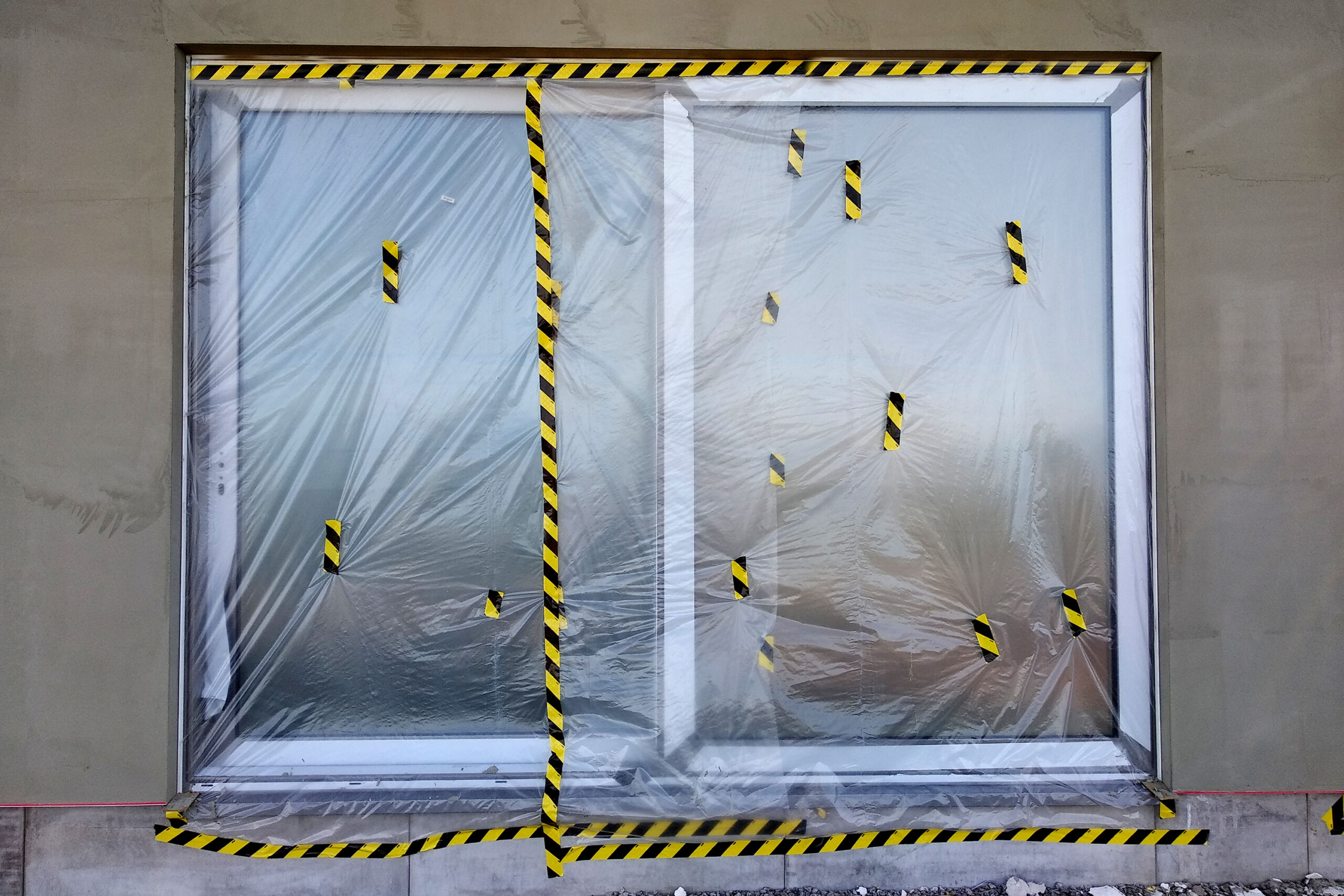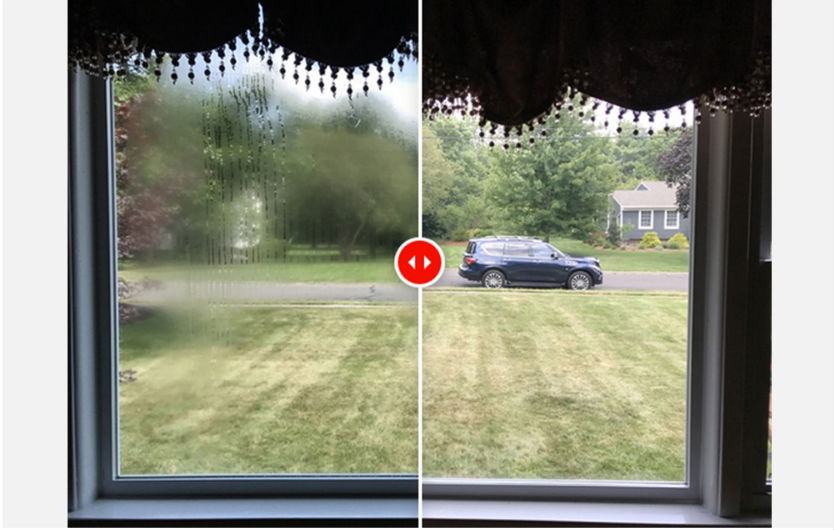If your windows cannot be repaired, or the cost of repairs doesn’t make sense, then replacement should be considered. Several factors should be looked at when evaluating an investment into window replacement, and here are a few tips:
- How long will you be in your home – If you are moving next week, a replacement probably won’t be worth the investment. If you are staying a few years, you’ll want to make sure there’s still value in your windows when you move (if your windows and doors are 10 years old and in need of replacement, and you plan on staying another 10 years, you probably shouldn’t spend money putting the the same quality of window back in)
- Do not rely on a salesman’s promises – If you have already begun the shopping process, you won’t be surprised to learn that every salesman will tell
you that they work for the best company ever, and they have the single greatest window that ever existed in the history of mankind! Always ask who manufacturers it, and what product line you’re being offered. Would you buy a car from a dealer who wouldn’t tell you the make and model? This will allow you to do your own research into the brand and product line. - Determine the correct product for your needs – Just like buying a new vehicle, you should determine a shortlist of what you’re interested in before comparing cost. With almost 2,000 window manufacturers in the United States, and each of them offering multiple product lines, this can seem overwhelming, but it doesn’t have to be.
- Reputation matters – A quick internet search will help you find a few brands, and the Better Business Bureau (BBB) can be a decent starting point to look into them. See how long the company has been in business, check their score, and how many complaints they tend to receive. The BBB will show you how many complaints a manufacturer accumulated in the past 3 years, and the past 12 months. National manufacturers may tend to have higher complaints than regional manufacturers, but it’s still a great reference.
- Longevity matters – If a manufacturer has only been in business for 5 years, they can’t really tell you how their window will hold up in 10 years, can they? Also, check how long they’ve been making windows! I have seen vinyl window manufacturers brag about being around since 1930… but, seeing that vinyl windows didn’t hit the market until 1964, this doesn’t exactly tell you anything about their reputation with windows! (And, honestly, a misleading claim like that is almost a sign that you need to be careful with them).
OK! So, how do you pick the right window? If you are NOT looking for vinyl, the answer can be pretty simple: compare options from Andersen and Marvin. They have been the industry leaders for more than 100 years, and both brands have multiple high-quality, non-vinyl options to fit almost any budget.
If you are looking for a vinyl product, the search becomes FAR more confusing. So, let’s keep it simple!
Glass: The modern glass pack consists of 2 or 3 pieces of glass, a single or multiple spacers, and some type of insulating gas trapped inside. There are two reasons to focus on the quality of the glass pack: 1) it accounts for about 90% of what you’re buying, and 2) cheap glass packs are an easy to identify sign that you’re being offered a cheap window. Here are some ways to identify cheap glass packs:
- Multiple spacers, with visible seams in the corners. If you can see where the spacers come together, at a right angle, with a visible seam, then you’re looking at cheap glass! A quality spacer will be a single loop, with curved corners, and no seams in the corners.
- “Organic ” Super Spacers. These tend to be made from rubber, or rubber-like compounds, and do not hold up in extreme heat. On a 95-degree day in August, I have personally seen glass exceed 150 degrees. Rubber will do a lot of expanding and contracting between 150 degrees and 15 degrees on a February night. Some manufacturers lean into this and brag about the spacer’s ability to expand and contract with the weather. If the thing that’s supposed to hold in the insulating gas in your window is moving back and forth against the glass, how well do you think it can keep that seal?
- Low E films on the glass. These can be harder to spot, but your Low E coating should be part of the glass when it’s made, not a cheap “car tint” applied to clear glass. Your representative should be able to tell you the specifics on the glass (not just some fancy marketing name like “ULTRA MAXIMUS SUN DEFENDER GLASS”. Glass manufacturers like Cardinal will have boring names like Low E 270, or Low E 272, or Low E 366 that will help you identify the actual quality of the glass.
Quality Vinyl: Not all vinyl is the same. Some vinyl uses recycled materials, and just will not age as well as virgin vinyl.
- Step one is to identify the manufacturer and confirm that the manufacturer uses virgin vinyl. Ask for the manufacturer’s information and website to confirm this (NOT the window company’s website, the actual manufacturer).
- Manufacturer’s branding and serial number. A manufacturer is required to have their information and serial number for the product available on the product, but if it’s on a sticker, chances are all that information will (intentionally) fade before you get a chance to look for it. If a manufacturer sets out with the intent of making a quality product, they will proudly put their name or logo on it, and if it’s meant to last the serial number will be etched into the glass, or spacer, where it will be easily accessed if needed.
- Construction and thickness of the vinyl in the frame. Chambered vinyl actually acts as a great insulator, and the multi-chamber design simply reinforces the strength in all directions. A high-quality vinyl window frame will hold up based on this design. (Chances are, if the salesman you met with is bragging about reinforcement and foam fill in the frame, then the quality of the vinyl is low. Almost all manufacturers can offer foam fills and reinforcements, and typically at a very low additional cost, but showing it in a sample is typically just a sales tactic… admittedly, it does look cool in there…, and it’s also something you have no way of proving that you received… unless you want to cut your new windows apart. Feel free to do an internet search on “window wizards lawsuit”, and you’ll be sure to have some reading material.)
Choosing the right installer or company: This can be pretty simple as well.
- Make sure they use a product that meets your standards.
- Make sure they are certified to install that product.
- Check out their Better Business Bureau score, and their overall online reputation.
- Choose someone who gives you whatever information and whatever time that you need to feel comfortable. NEVER trust a “same day” sales tactic. You should meet with someone who knows more about windows and doors than they know about sales strategies, and there should be no need (other than the natural inflation of product costs) to push you to make a decision.


